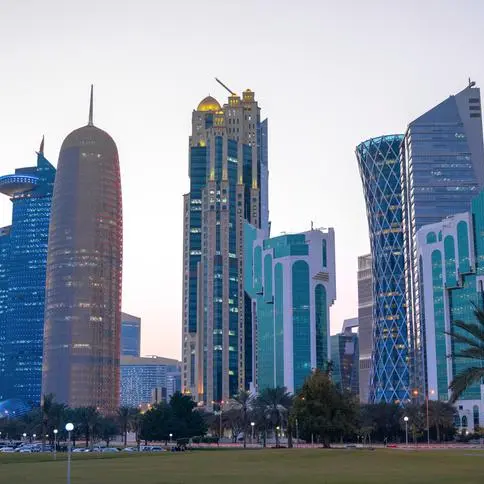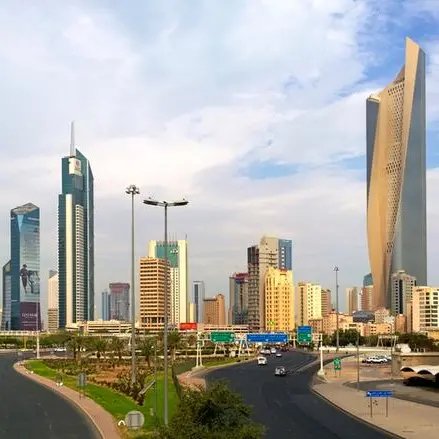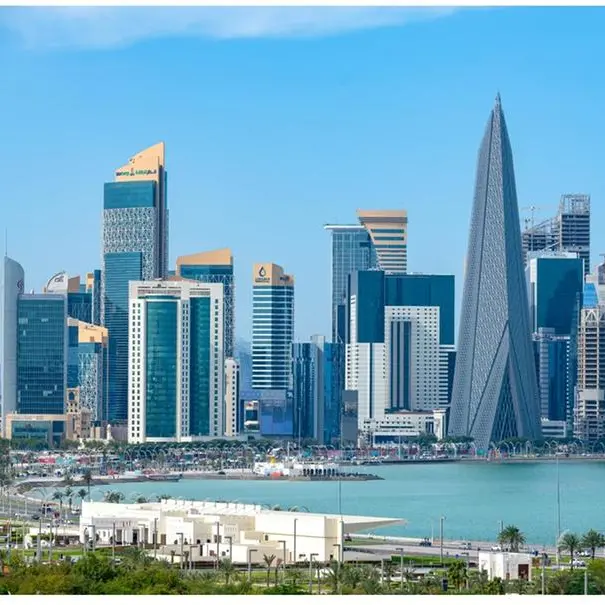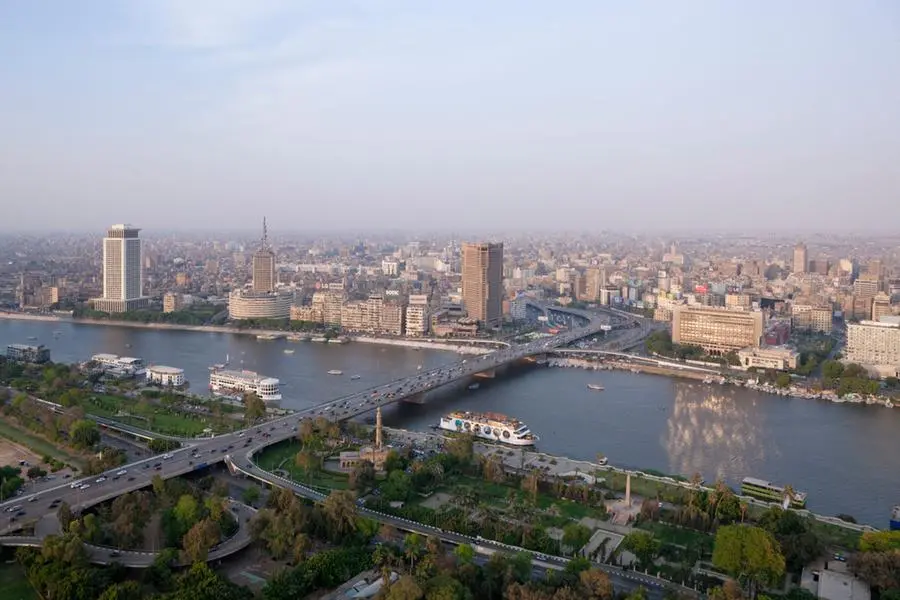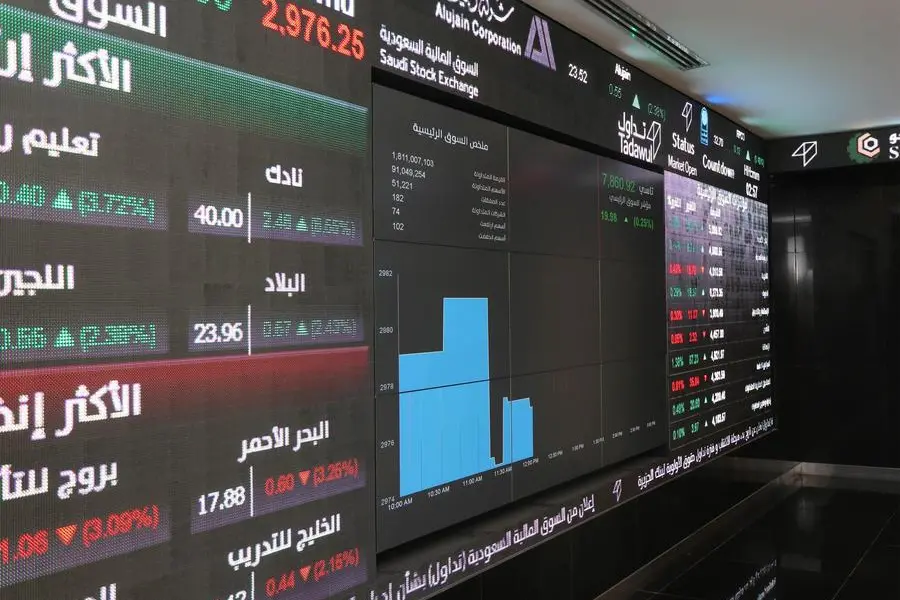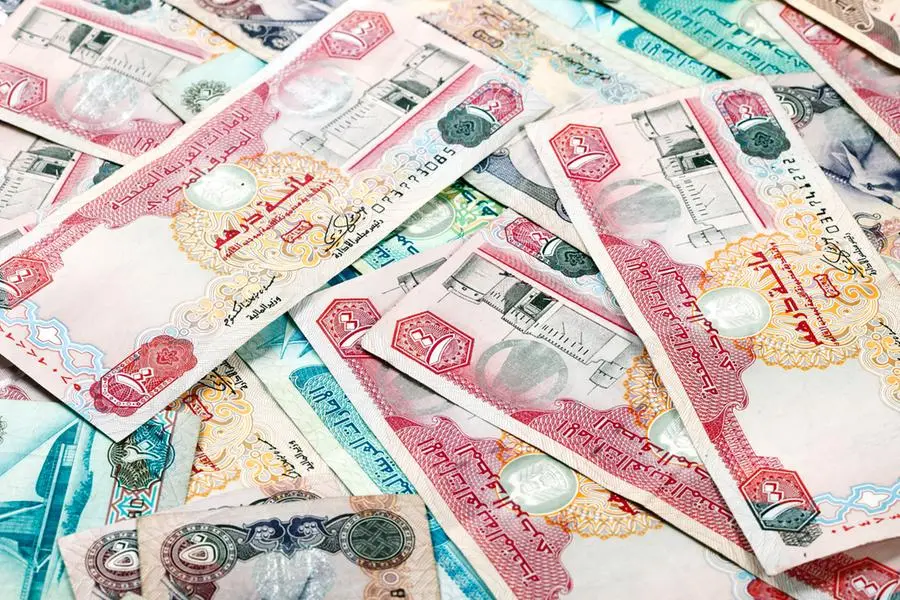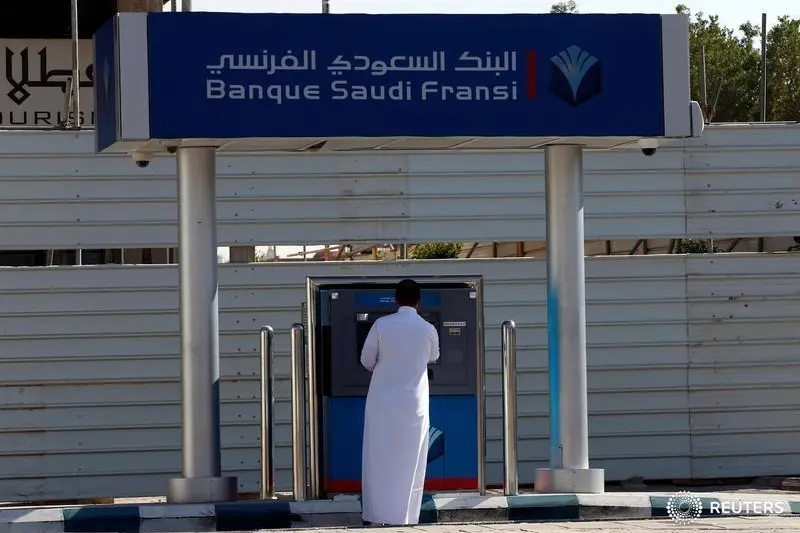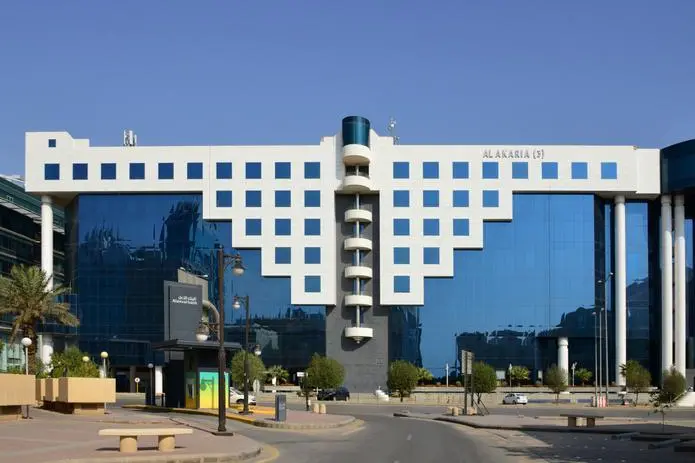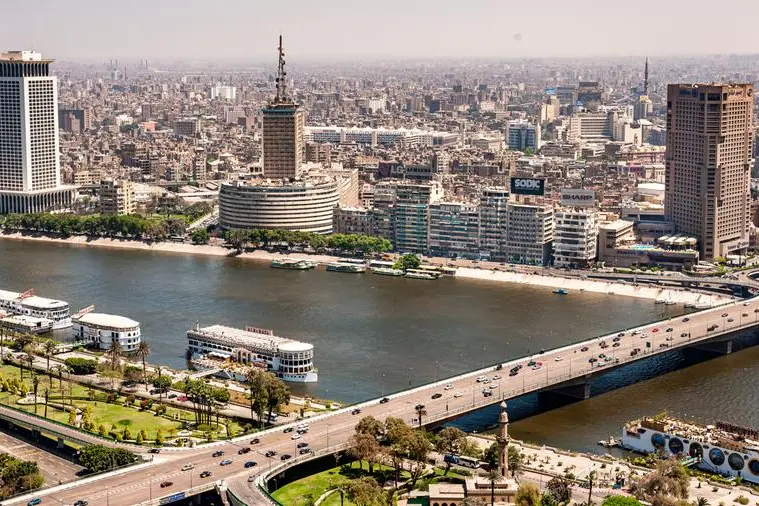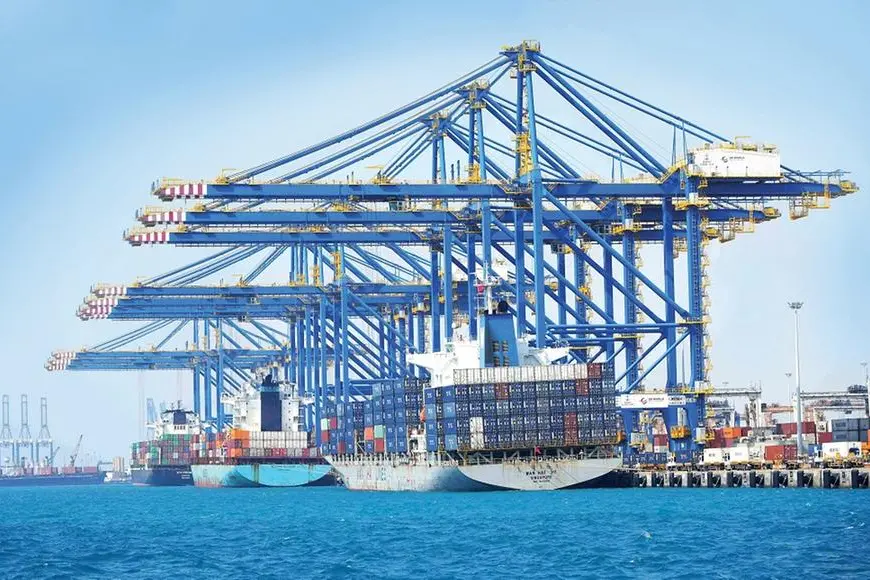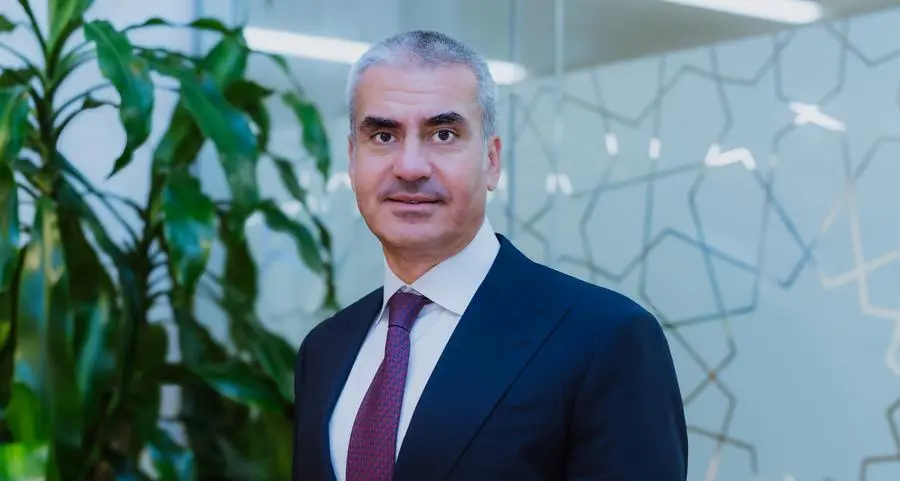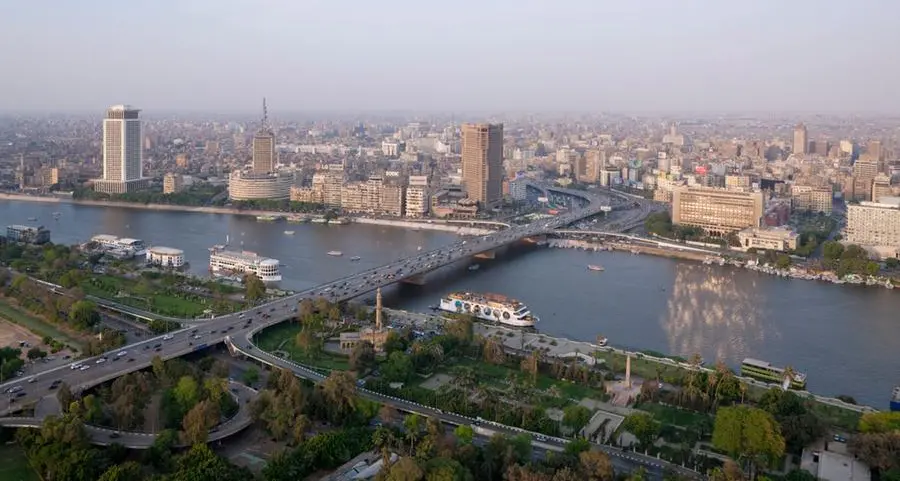PHOTO
MUSCAT: Oman’s telecommunications industry posted solid growth across all key performance indicators in 2024, with surging Internet of Things (IoT) subscriptions, expanded fiber broadband access, and increased public and private investment driving the sector’s upward trajectory, according to official data released this week.
The number of mobile subscriptions in the Sultanate rose to 7.5 million, up from 6.9 million in 2023, marking a 7 percent year-on-year increase, while fixed broadband subscriptions edged higher to 573,000, a modest 2 percent rise from 562,000 in the previous year.
But it was IoT that delivered the biggest leap: subscriptions in this segment surged to 1.1 million in 2024, a 72 percent jump compared with 668,000 in 2023. Over five years, the country has added 908,000 IoT connections, highlighting the growing uptake of machine-to-machine communications in sectors ranging from utilities to logistics.
REVENUE GROWTH OUTPACES GLOBAL BENCHMARKS
Telecom sector revenues climbed to RO 920 million ($2.4 billion) in 2024, up from RO 881 million in 2023, representing 4 per cent annual growth. Investment intensity reached 28 per cent of revenues, significantly exceeding the global average of 15–20 per cent, the sector regulator said.
“These figures reflect the sector’s commitment to digital transformation and long-term sustainability,” the Telecommunications Regulatory Authority noted.
Oman continued its push to digitize public services. Government school buildings connected to high-speed fixed broadband rose to 97 per cent coverage in 2024, from 96 per cent a year earlier. All 1,154 schools are now connected to the internet, with broadband deployment accelerating from just 22 percent in 2020 to near-universal coverage today.
The roll-out used a combination of fiber-optic technology and fixed 5G wireless access, part of the government’s broader push for nationwide digital equity under Vision 2040.
INFRASTRUCTURE ROLLOUT ACCELERATES
Fixed broadband units grew 14 per cent to 841,000, up from 737,000 in 2023. Fiber-optic links totaled 5,856, compared to 5,238 a year ago — a 12 per cent increase.
Residential fiber coverage rose to 90 per cent of housing units, from 85 per cent in 2023, while more than 5,600 telecom towers were upgraded from 3G to 4G/5G, the TRA said. The authority also allocated new frequency bands at 2300 MHz and 2600 MHz to improve data speeds and coverage.
The number of licensed telecom operators increased to 24 in 2024, up from 22 in 2023. Firms authorised to execute telecom services surged by 63 per cent to 399, of which 72 per cent are small and medium-sized enterprises (SMEs).
Newly authorised service types included: 8 providers of IoT services; 37 companies offering geolocation and tracking solutions; and 2 operators of voice or video services over IP.
The regulator processed 3,876 consumer complaints in 2024, up from 2,972 in 2023. However, 99 per cent of escalated cases were resolved, compared with 97 per cent the year before. Regulatory field inspections also expanded, with 109 site visits in the telecom sector and 40 visits in postal services.
POSTAL SECTOR SHOWS STABLE GROWTH
The postal segment registered 3.2 million domestic parcels, 437,000 international outbound, and 2 million inbound shipments. Total sector revenue reached RO 3.4 million, a 3 per cent increase over 2023. Licensed postal firms rose to 74, up from 61 a year ago, with 80 per cent of these being SMEs.
The telecom and postal sectors employed 3,400 Omani nationals in 2024, including: 3,091 in telecom firms; 920 in postal services; and 801 in contract positions.
Omanisation rates stood at: 71 per cent in telecom operators; 93 per cent in postal firms; and 40 per cent in telecom implementation companies. In specialist roles, nationalisation rates reached: 91 per cent for telecom contractors, 85 per cent in postal technical roles, and 66 per cent among licensed telecom providers.
The TRA also launched new training tracks in 2024, including: 42 participants in telecom engineering, 40 in programming under the Nafath scheme, and 61 in artificial intelligence and cloud computing.
MOBILE DATA SPEED GAINS
According to Ookla’s Speedtest Index, Oman ranks among the top 28 countries worldwide for mobile data speeds. Mobile download speeds improved from 61 Mbps to 73 Mbps, while fixed broadband speeds rose from 84 Mbps to 96 Mbps.
To boost consumer mobility and reduce switching costs, the TRA also launched a central number portability system, allowing users to retain their phone numbers while switching operators.
Additionally, a new caller ID authentication feature was rolled out to curb fraudulent calls by displaying verified institutional names during incoming calls.
Oman’s telecom sector continues to act as a backbone for digital economic development. With higher-than-average investment intensity, growing SME participation, and aggressive broadband expansion, the country is well on course to meet Vision 2040 digital goals.
Further policy measures are expected in 2025 to enhance AI integration, spectrum utilisation, and service quality across the Sultanate.
2022 © All right reserved for Oman Establishment for Press, Publication and Advertising (OEPPA) Provided by SyndiGate Media Inc. (Syndigate.info).



